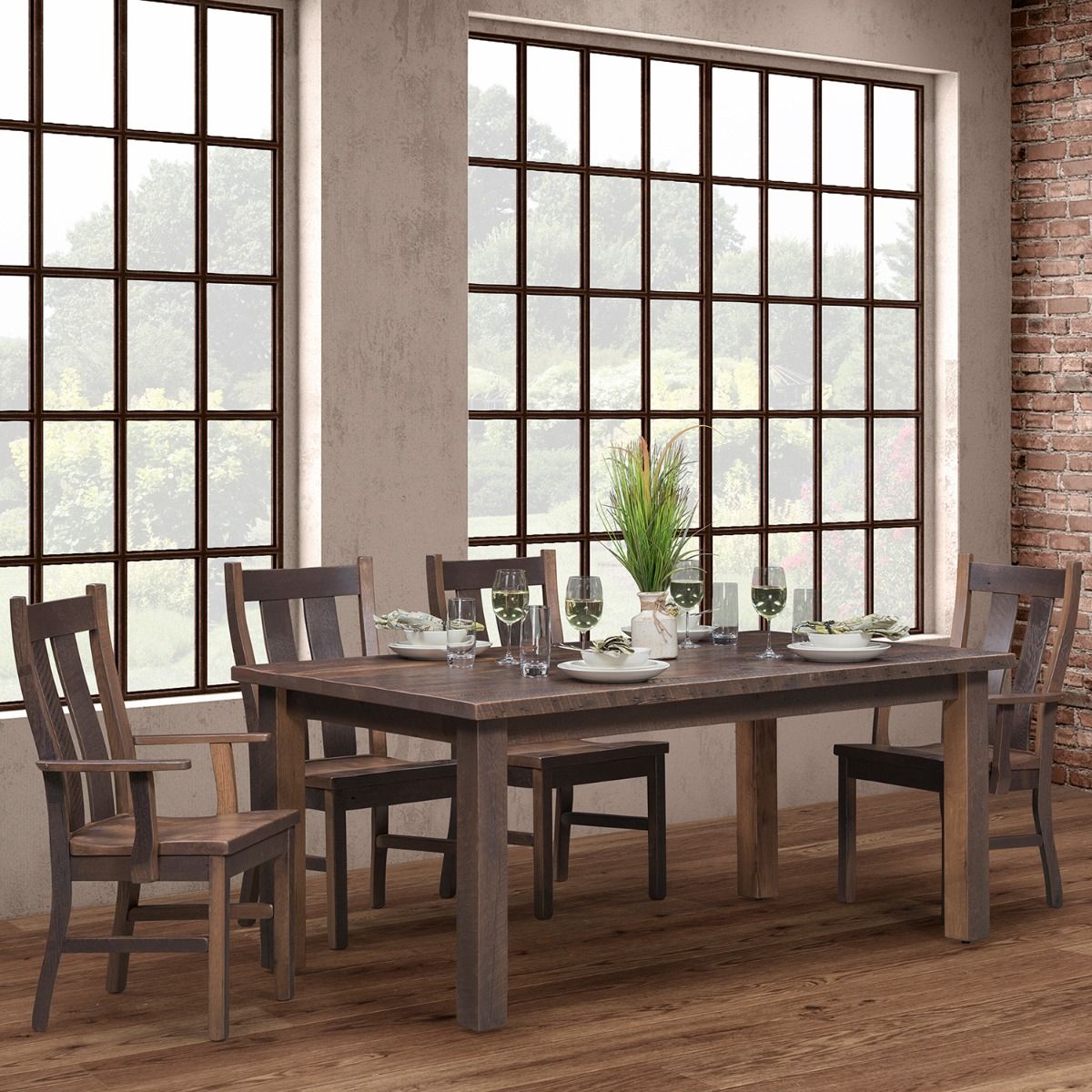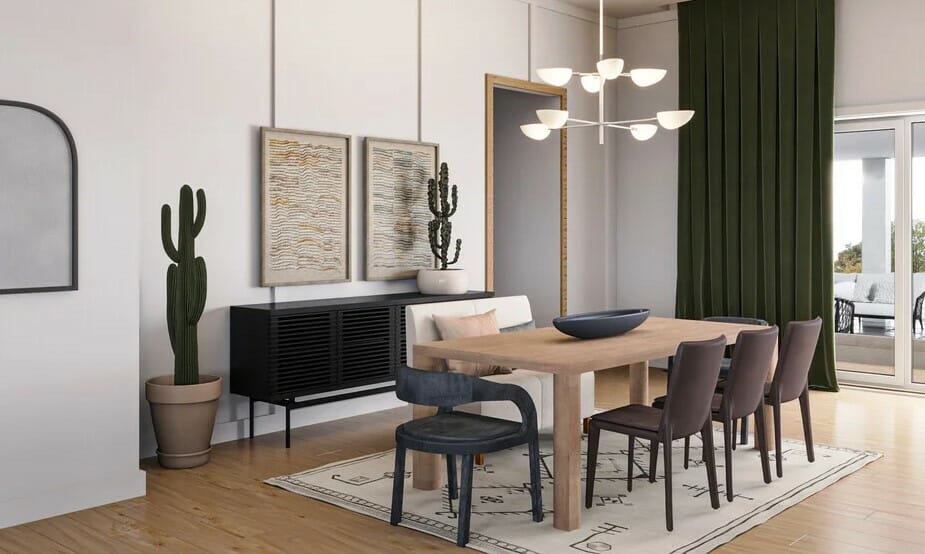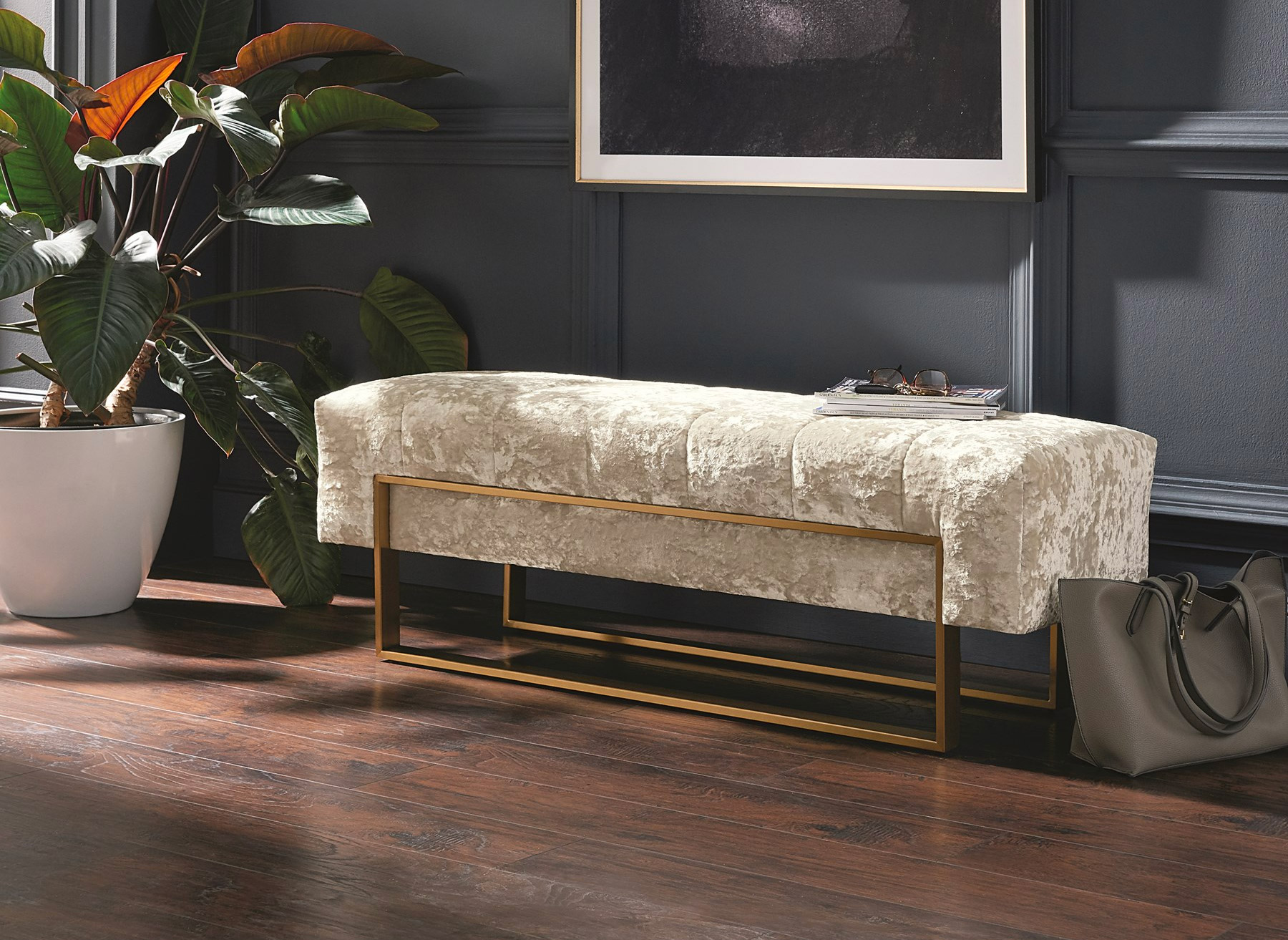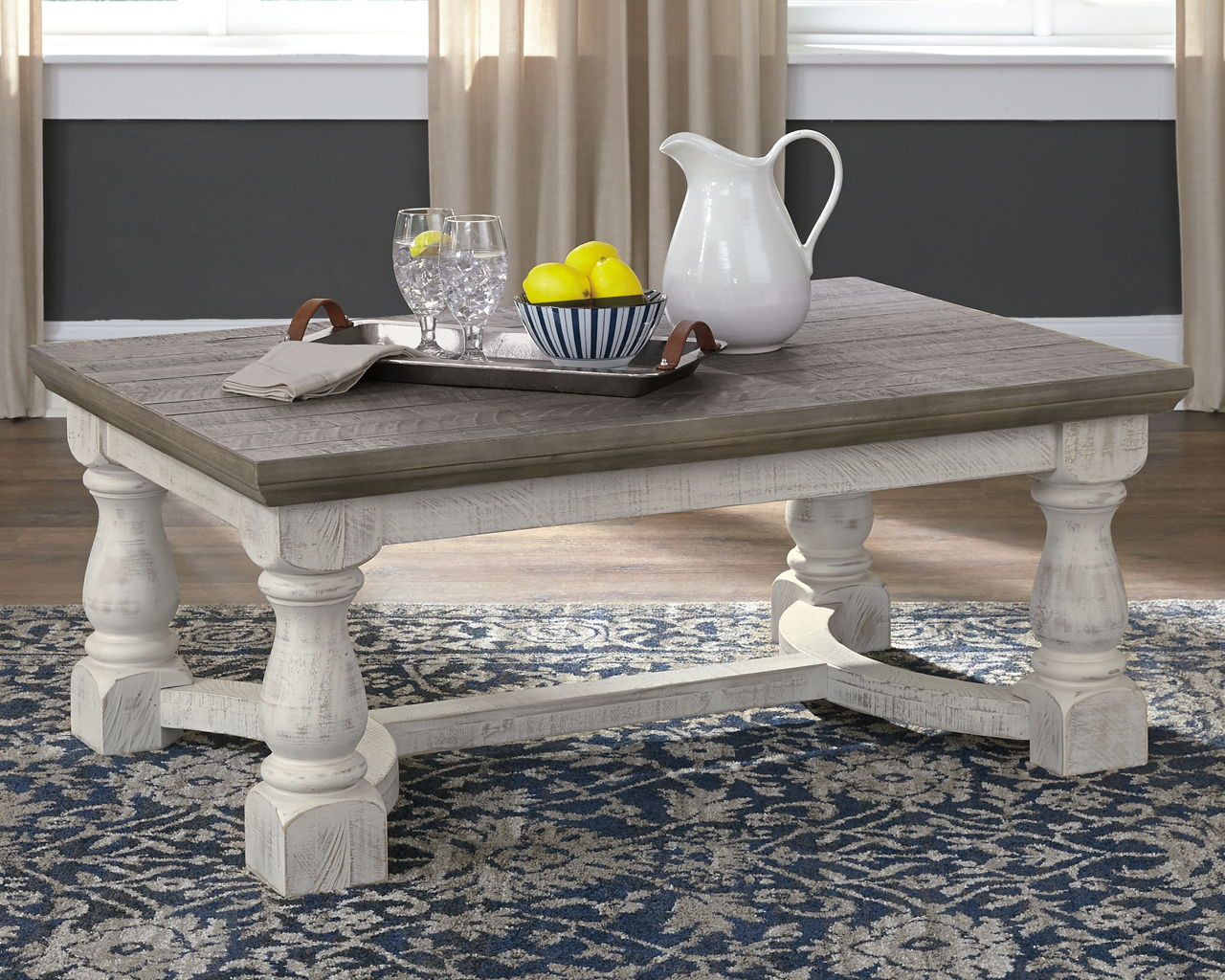The Serene Beauty of Japandi Dining Tables
Japandi style is a modern interior design approach blending Japanese minimalism and Scandinavian functionality into one cohesive aesthetic. And Japandi dining tables distill these sleek yet welcoming sensibilities beautifully as the gathering point of a home. With clean lines, light wood tones, and an inviting sparseness, Japandi dining decor lends breathable tranquility to everyday spaces and meals.
Defining Characteristics of Japandi Style
Before diving into dining room implementation, let’s recap some signature Japandi elements that lay the foundation for its curated appeal:
- Light, natural wood tones like oak, ash, and walnut add organic warmth while keeping things airy and relaxed. These bleached or stained wood nuances harmonize with neutral backdrops.
- Subtle, often asymmetric contours soften geometry into more natural shapes eschewing rigid perfection. Flowing lines with radiused edges create welcoming movement.
- Neutral, lighter backgrounds allow accent details and materials to shine without competing visuals. Negative space breeds balance.
- Woven, textural layers in tabletops, pillows or accessories add cozy contrast to sleek frames with their handcrafted appeal.
 Incorporating Japandi Style in Dining Spaces
Incorporating Japandi Style in Dining Spaces
Now let’s examine how these factors come together in Japandi dining rooms and tables…A neutral palette of cream walls and light floor letting provides a calming base to stage furnishings. The tonal harmony keeps the focus on conversation and community instead of loud backdrops.
An oak plank dining table signals the Japandi ethos with its straight-grained blond wood both airy and grounded. An organic tree silhouette base introduces asymmetry in a subtle way.Mismatched woven chairs update classic spindle back style with varying neutral-hued fabrics from linen and jute to sustainably sourced cotton. The tactile mix feels curated yet approachable.
A sleek yet soft pendant light hovers over the organic table, diffusing a warm glow at dining height to avoid glare. Its supple silhouette counters more linear furnishings.Varying pottery, glassware, and linens in earthen hues sprinkle in additional layers of texture without cluttering the peaceful tableau.
Creating Harmony Through Mindful Restraint
Japandi dining rooms model the possibilities of a pared-back palette thoughtfully punctuated by natural materials and transitional detailing.The look blends casual invitation and elevated refinement for spaces that refresh and inspire. Building upon crafted foundations with purposeful improvisation and negative space, Japandi dining tables set the stage for meaningful meals shared in serene style.
The Allure of Japandi Dining Tables: Pros, Cons and Styles
Japandi style blends the serene minimalism of Japanese aesthetics with Scandinavian flair for functionality into one bright, airy interior design approach.Japandi dining tables distill these sleek yet cozy sensibilities for spaces that relax and inspire. Below we’ll highlight the advantages, drawbacks, and table types to consider when deciding if Japandi is right for your home.
 Why Choose a Japandi Dining Table?
Why Choose a Japandi Dining Table?
Proponents praise Japandi style for its calm and easy-on-the-eye sensibilities forged from natural materials, neutral backdrops, and an abundance of “breathing room.” These same factors also make Japandi work well for dining spaces intended for connection.
Light, relaxed wood tabletops feel organic while muting busy patterns that could compete with guests or food. Negative space prevails. The pared-back foundations let conversation and community take center stage.A deliberately short list of cohesive finishes and fabrics selected for texture adds just enough visual interest without overwhelming the senses. You feel present.
Drawbacks to Consider
Of course, Japandi’s ultra-minimalist leanings aren’t for everyone. Those wanting a punch of color or abundant lavish details may feel starved by its formulaic emptiness and neutral uniformity.And the prevalence of light wood finishes requires diligent upkeep to avoid looking dingy or dated over time. Japandi demands mindfulness about clutter too; there’s nowhere to hide dust and stuff.
Common Japandi Dining Table Types
Most Japandi dining tables keep silhouettes simple to avoid detracting from their calming atmospheres. Common styles include:
- Slender turned legs beneath a smooth oak plank top for subtle curve
- Signature tripod base providing asymmetry
- Angled tapered legs paired with rounded corners up top
- Woven rattan base contrasting sleek marble tabletop
- Handrubbed walnut slab atop an industrial steel trestle
Prioritize a Neutral Palette
Keep surroundings intentionally muted with cream walls, light oak floors, and devoid of visual clutter. This breezy, unencumbered foundation lets Japandi subtleties shine without distraction. Avoid peripheral furnishings or accessorizing that introduces colors or patterns to compete with the dining tableau’s thoughtful restraint.
 Select Durability and Authenticity
Select Durability and Authenticity
When sourcing a Japandi dining table itself, favor durable hardwood construction over cheaper veneers prone to damage. Seek out AUTHENTIC examples of handcrafted joinery for both aesthetic coherence and sturdy engineering. Whether a slice of live-edge oak, woven rattan base, or hand-rubbed walnut slab, quality craftsmanship will translate to longevity.
For most Japandi pieces, a clear matte finish protects the beauty of natural wood grains and fibers while allowing their innate variations to show through. Periodic reapplication preserves this light, intrinsic allure.
Practice Spatial Mindfulness
In the Japandi ethos, empty space is just as “full” as matter and objects in framing an overall vignette. So take care to stage your Japandi dining table amidst plenty of breathing room. Site the piece central to spare wall expanses and uncrowded by other furnishings. Even when set for a dinner party or decorated for the holidays, applying “less is more” discipline preserves the lounge-like refinement.
Quick Clean Habits
Fortunately, Japandi’s pared-back foundations also simplify table care between deeper cleanings. Few embellishments means less nooks for dust and debris to accumulate. Simply wiping down the smooth tabletop and base routinely keeps things presentable with little effort. Just take care to avoid letting spills seep into untreated wood crevices. And lift objects instead of sliding them across the surface to prevent fine scuff marks on softer tabletop materials like oak.
Upholding Principles Through Maintenance
Caring for Japandi furniture ultimately means upholding the thoughtful ideals that distinguish its signature lifestyle brand. Through durable choices, uncluttered surroundings, clean-lined designs, and decisive negative space, preserve the vision’s authentic mingling of natural and minimalist beauty.
Japandi dining furniture celebrates clean lines, light-filled materials, and breathable foundations. Pieces mix and match the core organic and functional pillars of this tranquil “best of both worlds” aesthetic that now spans the globe. Curious if it’s right for your space? Keep elements intentionally minimal and tactile for authentic balance.










